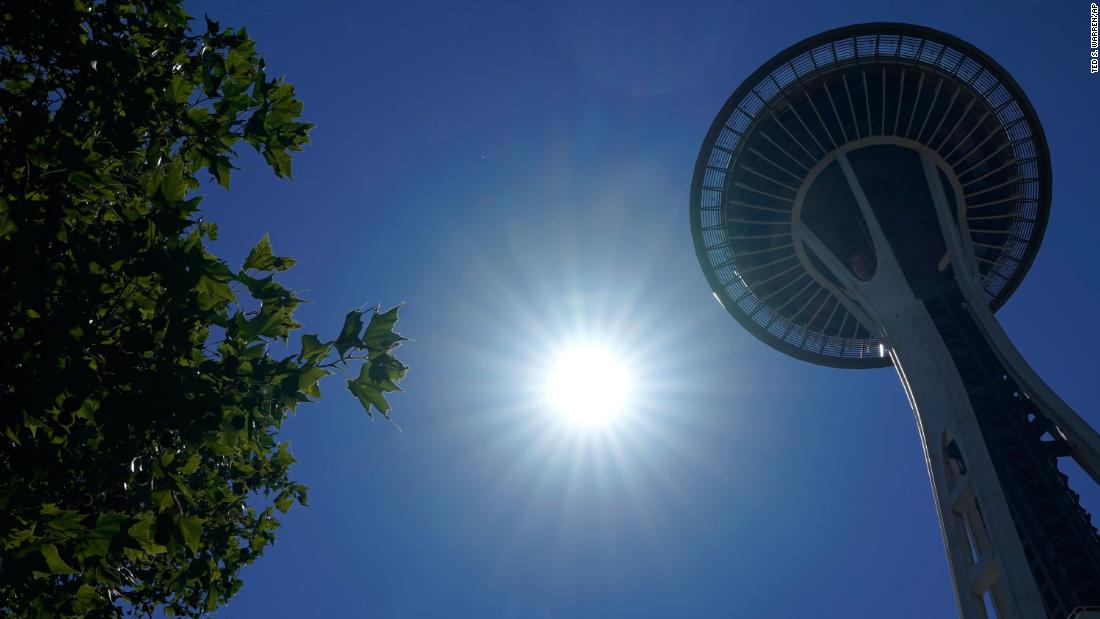


The Washington Department of Health’s vector surveillance program has observed an earlier onset of West Nile virus-carrying mosquitoes, likely associated with higher temperatures, and an increasing number of human infections, with some resulting in fatalities. A potential increase in Lyme disease cases in some states is associated with rising temperatures and changing tick habitat. In the last several years, the region has seen an increase in some infectious diseases. Additionally, projected increases in ground-level ozone (smog), small particulate matter (PM2.5), and airborne allergens can further complicate respiratory conditions. In Boise, Idaho, 7 of the last 10 years have included smoke levels considered “unhealthy for sensitive groups” (including children) for at least a week during the fire season, causing some cancellation of school-related sports activities. Smoke events during 2004–2009 were associated with a 7.2% increase in respiratory hospital admissions among adults over 65 in the western United States. Wildfire smoke can be severe, particularly in communities in the eastern Northwest. More frequent wildfires and poor air quality are expected to increase respiratory illnesses in the decades to come. In particular, agricultural workers are at increased risks for heat-related injuries because they work outside during the summer harvest season. These changes are projected to make heat-related illness more common in the future. In the Northwest, nighttime heat waves (defined as 3-day, 1-in-100-year events) have a greater influence on human health than daytime heat waves and have increased in frequency since 1901. While the Northwest is not typically considered a high-risk area for heat-related illness, heat waves (defined as 5-day, 1-in-10-year events) across the country are projected to increase in frequency and intensity.


 0 kommentar(er)
0 kommentar(er)
